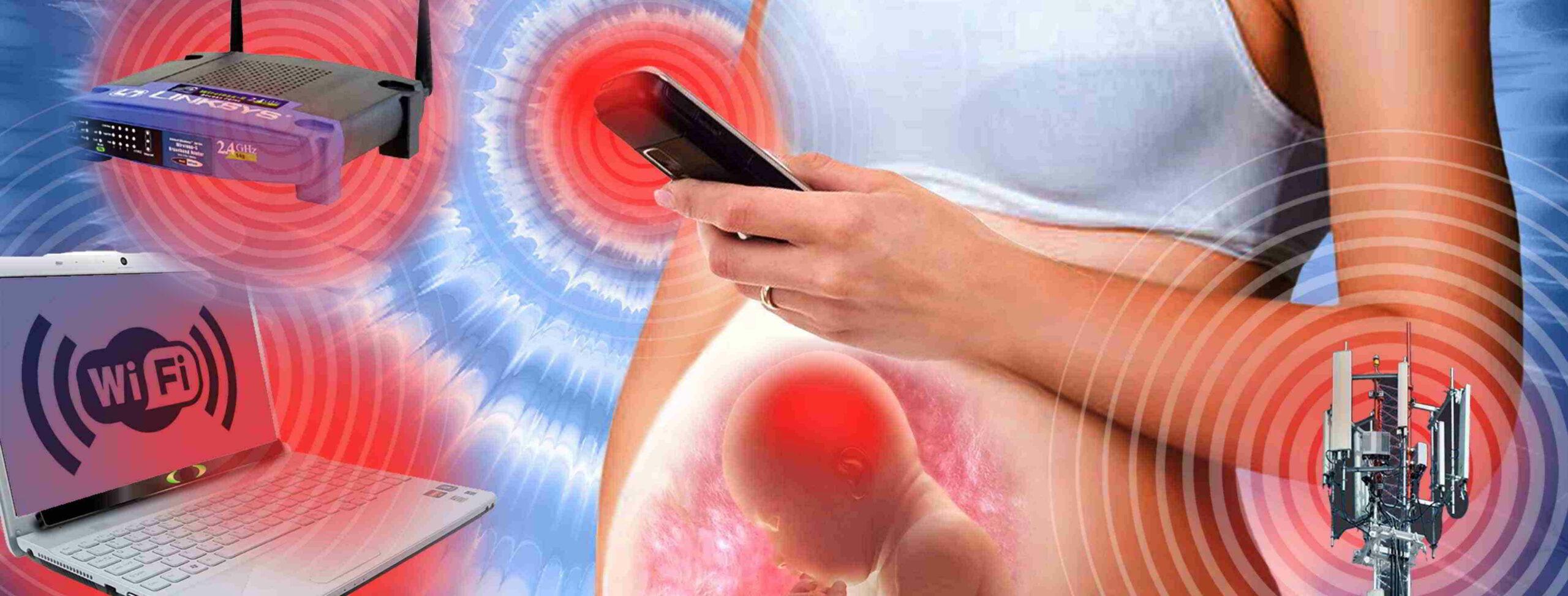Source Article Here
PULLMAN, Wash. — Cell phone radiation has been a constant suspect when it comes to the development of cancerous brain tumors. Now, a new study has found a concerning link between these devices and the onset of Alzheimer’s. Researchers say excessive cell phone use and even Wi-Fi radiation can lead to increases in intracellular calcium levels in the brain — another hallmark of the disease.
The review of several Alzheimer’s-related studies explains that pulsed electronically generated electromagnetic fields (EMFs) are producing strong electric and magnetic forces which have an effect on the human body. Specifically, these wireless communication signals activate voltage-gated calcium channels (VGCCs) — which regulate intracellular calcium levels.
When EMFs activate VGCC, it causes a rapid buildup, negatively affecting the brain and possibly causing the onset of Alzheimer’s to speed up. Animal studies have demonstrated how EMF-induced changes in intracellular calcium levels play a role in the development of the most common form of dementia.
“EMFs act via peak electric and time varying magnetic forces at a nanosecond time scale,” explains study author and Washington State University Professor Martin L. Pall in a media release.
Pall adds that the peaks significantly grow with each increase in the pulse modulation coming from smartphones, smart meters, and even radar in self-driving vehicles.
“Any of these may produce the ultimate nightmare – extremely early onset Alzheimer’s Disease.”
Phones and Wi-Fi leading to early onset Alzheimer’s?
Prof. Pall notes that both human genetic and pharmacological studies have found a link between increasing VGCC activity and a growing number of Alzheimer’s cases. Overall, the memory-robbing disease affects roughly six million Americans today and estimates project that number to triple by 2050.
Twelve recent reports on occupational exposure to EMFs revealed that workers near this radiation more often had higher Alzheimer’s incidence rates than their peers. Alzheimer’s-related changes in the brain can start 25 years before actual symptoms appear. However, these studies found EMF exposure can shorten that latency period as well.
The average age that doctors are diagnosing Alzheimer’s at is also decreasing over the last 20 years. Prof. Pall notes that this coincides with the explosion in wireless communication technology around the globe. Recent studies have even found people as young as 30 or 40 suffering from the disease.
Researchers fear that very young people who face constant exposure to cell phone and Wi-Fi radiation for several hours each day may end up developing “digital dementia.”
Specifically, a 2008 report found two hours of daily exposure to low intensity mobile phone base station radiation led to “massive neurodegeneration” in young rat brains. Moreover, a third of the rats died within one month.
On a positive note, the VGCC calcium channel blocker amlodipine lowered 11 different brain changes and four behavioral changes in the rats — showing the connection between calcium levels and their impact on dementia onset.
In 2013 and 2016, researchers discovered Alzheimer’s-specific changes in the brains of rats exposed to EMF pulses. These changes occurred in the hippocampus, a brain region which Alzheimer’s has a destructive impact on.
Taking early action to stop the Alzheimer’s epidemic
The study author is calling for more research on three specific topics. First, Pall says scientists need more data on MRI scans which show abnormalities in young people displaying signs of digital dementia.
Next, the researcher says EMF exposure assessments are necessary for anyone between 30 and 40 receiving an early onset Alzheimer’s diagnosis. These studies should compare their exposure to cell phone, cell tower, Wi-Fi, smart meter, and dirty electricity radiation levels to normal levels.
Lastly, Pall is calling for more examinations of people living near small cell antennae for more than one year.
“Findings from each of these studies should be shared with the general public,” the study author concludes, “so that everyone can take the steps necessary to reduce the incidence of early onset Alzheimer’s disease.”
The findings are published in the journal Current Alzheimer Research.
Low Intensity Electromagnetic Fields Act via Voltage-Gated Calcium Channel (VGCC) Activation to Cause Very Early Onset Alzheimer’s Disease: 18 Distinct Types of Evidence
Author(s): Martin L. Pall*
Volume 19, Issue 2, 2022
Published on: 11 March, 2022
